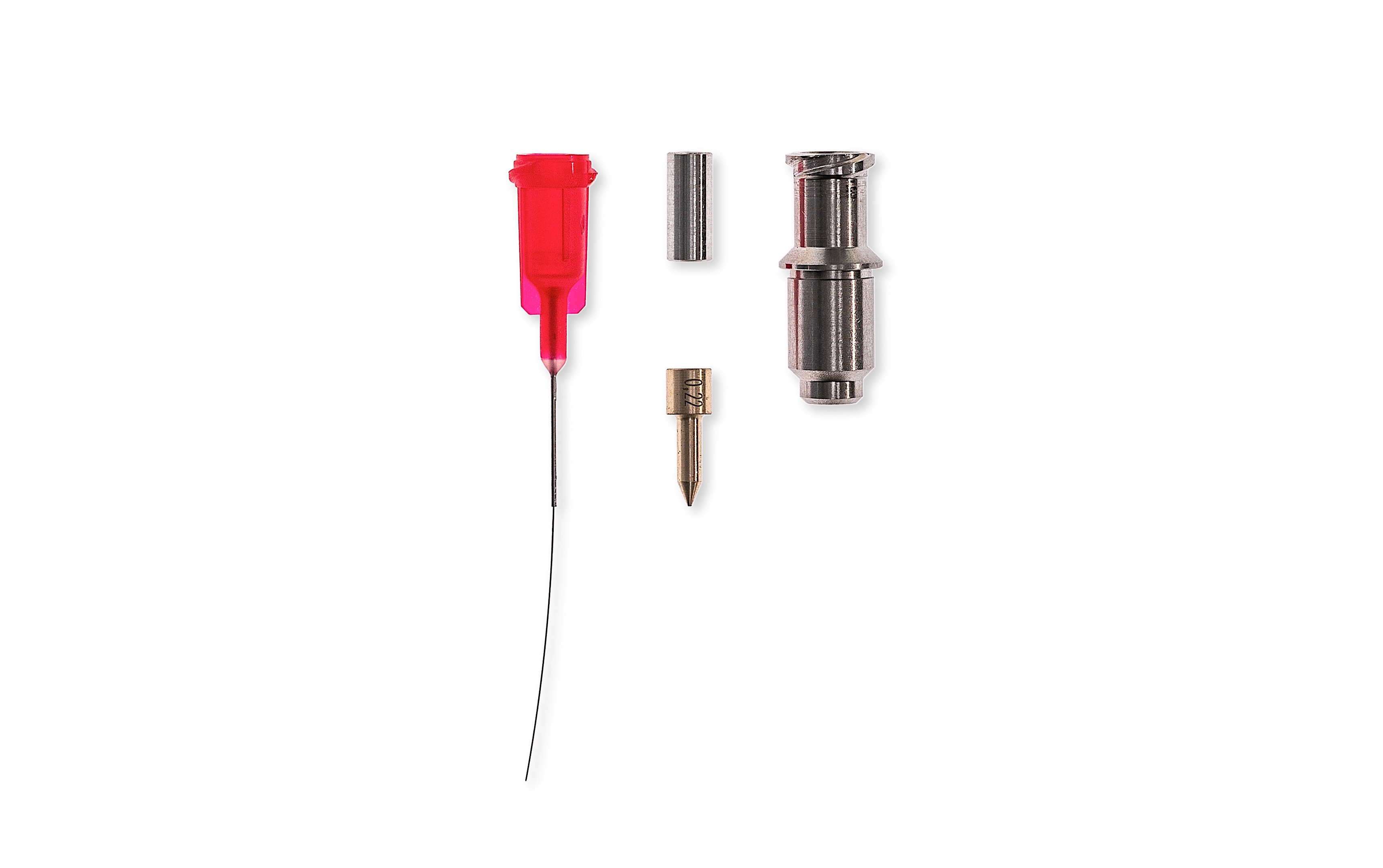
Thermodynamic and mechanical properties are uniform across planes normal to the axis of a duct.Ĥ. The change in area and curvature along the axis of the duct are gradual.ģ. The flow of the fluid is assumed to be one dimensional.Ģ. Diffusers are used in ram-jet engines to increase the pressure of incoming fresh-air.ġ. Diffusers are used in centrifugal compressor.Ģ. The given duct will work as a diffuser or a nozzle depending upon the fluid velocity at the inlet of a duct.ġ. Similar to nozzle, there are three types of diffusers: So in a diffuser, velocity of the fluid decreases continuously and pressure increases continuously. When a steadily flowing fluid is decelerated in a duct causing rise in pressure along the stream, then the duct is called a diffuser. The section where cross-sectional area is minimum is called ‘throat’ of the nozzle.

If the cross-section of the nozzle first decreases and then increases, it is called a convergent-divergent nozzle. If the cross-section of the nozzle increases continuously from entrance to exit, it is called a divergent nozzle. If the cross-section of the nozzle decreases continuously from entrance to exit, it is called a convergent nozzle. Corresponding to the fluids used, the nozzles are called steam nozzles, water nozzles and gas nozzles. Turbo machines like steam turbines, water turbines and gas turbines produce power by utilising the kinetic energy of the jets produced by passing high pressure steam, water and gas through the devices called nozzles.

Safety warning labels are also used to identify potential hazards.

Red is used for acetone, White for ethanol or sodium hypochlorite or distilled water, green for Methanol, yellow for isopropanol and blue for distilled water. There are a consistent set of colour codes and markings used to identify the contents of wash bottles. In biological labs it is common to keep sodium hypochlorite solution in a wash bottle to disinfect unneeded cultures. These include deionized water, detergent solutions and rinse solvents such as acetone, isopropanol or ethanol.

Wash bottles may be filled with a range of common laboratory solvents and reagents, according to the work to be undertaken. Most bottles contain an internal dip tube allowing upright use. Most wash bottles are made up of polyethylene, which is a flexible solvent-resistant petroleum-based plastic. When hand pressure is applied to the bottle, the liquid inside becomes pressurized and is forced out of the nozzle into a narrow stream of liquid. Wash bottles are sealed with a screw-top lid. The wash bottle is generally used in the clean-up phase of many experimentsĪ wash bottle is a squeeze bottle with a nozzle, used to rinse various pieces of laboratory glassware, such as test tubes and round bottom flasks. They are filled with appropriate cleaning liquids, and poured over the tool that needs to be cleaned. To clean laboratory glassware and other equipment. Plastic wash bottles for ethanol and water


 0 kommentar(er)
0 kommentar(er)
